Rare Rides: The 1988 Cadillac Coupe DeVille, Aftermarket Elegance

Today’s Cadillac is an example of what happens when you combine consumer tastes in places like Miami in the late Eighties with the refusal of some domestic manufacturers to make luxury convertibles.
Presenting a Cadillac coupe that’s custom, cabriolet, and cool DeVille.
The DeVille name dated back a long way at Cadillac. In 1949, it debuted as a trim level and created the Coupe de Ville. It became an independent model in its own right in 1959, as a middling full-size model which existed between the smaller entry-level Sixty-Two, and the more expensive Sixty Special. DeVille never approached the likes of the luxury Seventy-Five, or the very expensive Eldorado Seville.
Through the decades, DeVille remained a Cadillac intermediate staple and changed with the times as required by consumers and (mostly) regulation. It was last a full-size, rear-drive car in 1984 when the C-body and its malaise era roots were shown the door. The 221-inch DeVille glided off into the sunset that year; a real final moment for the nameplate.
Shortly thereafter, consumers were presented with the all-new and front-drive DeVille sedan and coupe for 1985. It was now just 195 inches long, five inches narrower (at 71.7″), and on a wheelbase of 110.8 inches – a reduction of around 11 inches from the prior year. Engines were greatly downsized as well and included a 4.3-liter diesel V6, and the HT4100 V8 at the introduction. The diesel was phased out quickly, and the 4.1 matured into the 4.5 (1988), and finally the 4.9 (1991) during the C-body DeVille’s run. Transmissions were all four-speeds, and automatic. Three different versions were used in total, with most examples utilizing the 4T60 or 4T60E.
DeVilles of this generation lost the d’Elegance package (luxury pull handles, tufted seating), as such fancy equipment was reserved for the new front-drive Fleetwood (also a C-body). In its stead, Cadillac attempted to move the DeVille toward the sporty side of things and offered the Touring Sedan and Coupe from 1986 onward. Though they had a very low take rate, the sporty Tourings were an extension of an experiment started in the early Eighties on the Eldorado.
Cadillac fiddled with, improved, and generally enlarged the C-body DeVille over its life. Visual changes outside culminated with the sedan’s 205.6-inch length between 1991 and 1993. The longest-running generation of DeVille, the end of its nine-year tenure was also the last time there’d be a Coupe de Ville: Americans moved on from large coupes by the early Nineties.
But things were looking more positive in 1988 when today’s coupe was turned into a convertible. Undoubtedly a big-ticket upcharge for a Cadillac and convertible loyalist, the DeVille was sent to Car Craft Company, a name you may remember from the decadent Celebrity Eurosport VR Cabriolet featured here previously. Car Craft chopped off the roof, removed the window frames, and generally made the DeVille much more floppy. A hard tonneau cover was added behind the rear seats to conceal the rather upright canvas roof once folded. The setup also required the installation of a free-standing CHMSL into the rear decks in front of the trunk lid. Other visual changes were made since the build, and aside from the gold badges (probably factory), they included a very classy E&G grille and some aftermarket wheels with gold-tone motifs.
The entire package was available on San Francisco Craigslist recently, but sadly the post was removed by the time of writing. Still, enjoy custom 4.5-liter open-top motoring in all its glory.
[Images: seller]

Interested in lots of cars and their various historical contexts. Started writing articles for TTAC in late 2016, when my first posts were QOTDs. From there I started a few new series like Rare Rides, Buy/Drive/Burn, Abandoned History, and most recently Rare Rides Icons. Operating from a home base in Cincinnati, Ohio, a relative auto journalist dead zone. Many of my articles are prompted by something I'll see on social media that sparks my interest and causes me to research. Finding articles and information from the early days of the internet and beyond that covers the little details lost to time: trim packages, color and wheel choices, interior fabrics. Beyond those, I'm fascinated by automotive industry experiments, both failures and successes. Lately I've taken an interest in AI, and generating "what if" type images for car models long dead. Reincarnating a modern Toyota Paseo, Lincoln Mark IX, or Isuzu Trooper through a text prompt is fun. Fun to post them on Twitter too, and watch people overreact. To that end, the social media I use most is Twitter, @CoreyLewis86. I also contribute pieces for Forbes Wheels and Forbes Home.
More by Corey Lewis
Latest Car Reviews
Read moreLatest Product Reviews
Read moreRecent Comments
- 2ACL I won't miss it; it was decent at launch, but in addition to the bad packaging, GM did little to keep it relevant in the segment. I'd prefer that another domestic automaker doesn't just give up on the mainstream sedan, but unlike some of Ford's swan songs, the Malibu made an indifferent case for why they should live.
- ToolGuy TG grows weary of purchasing gasoline. I don't care so much how or why, I am just tired of it. I still buy petroleum products, not 'boycotting oil,' but backing away from gasoline where I can. Sample size = 1.
- Probert Maybe it's not too late for the Dodge Neon I've always dreamed of!!! To the keyboard Robin!
- Akear The malibu still outsells all GM EVs combinedMalibu -150,000GM EV's - 75,000Maybe this represents how execrable GM EVs really are. Barra should have resigned years ago,
- Fred Short term bean counters give up the market and long term players gain shares.



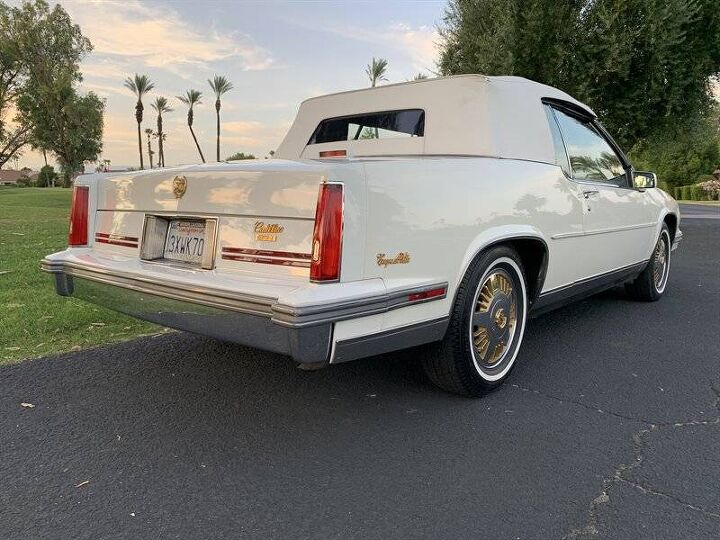


















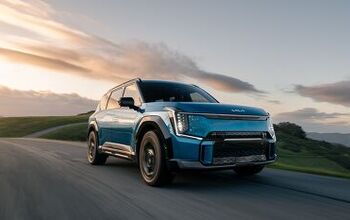
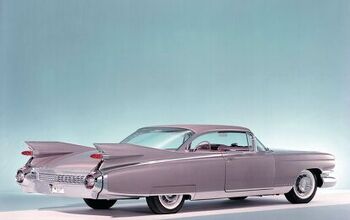
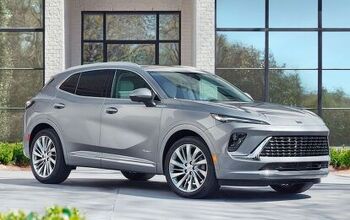

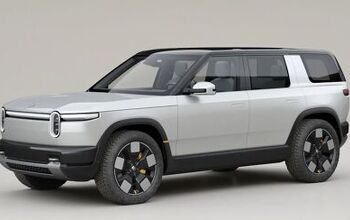
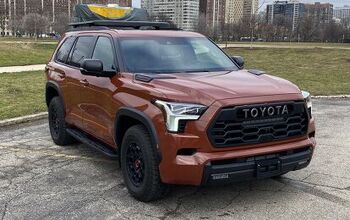


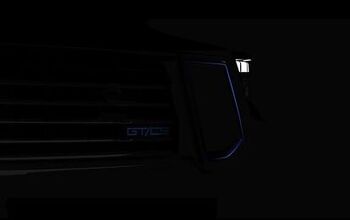
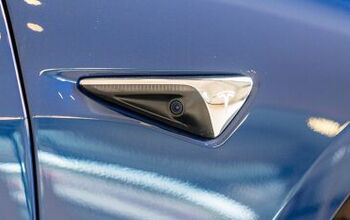

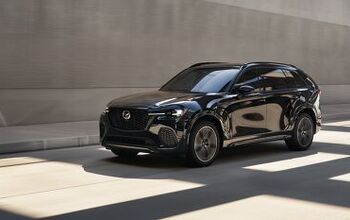

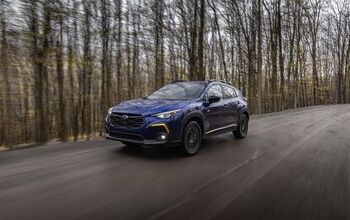
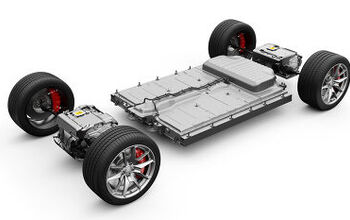
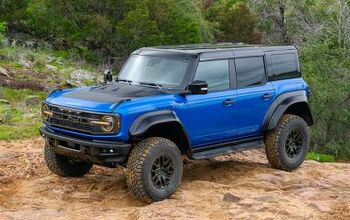
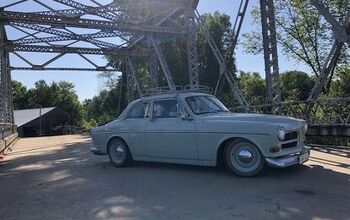
Comments
Join the conversation
What a beauty, it is gaudy, but somehow I love it! A true "pimpmobile"
At about this same time Toyota & Nissan were about to release world class luxury cars. While GM kept spitting these embarrassing ungainly looking shit boxes.